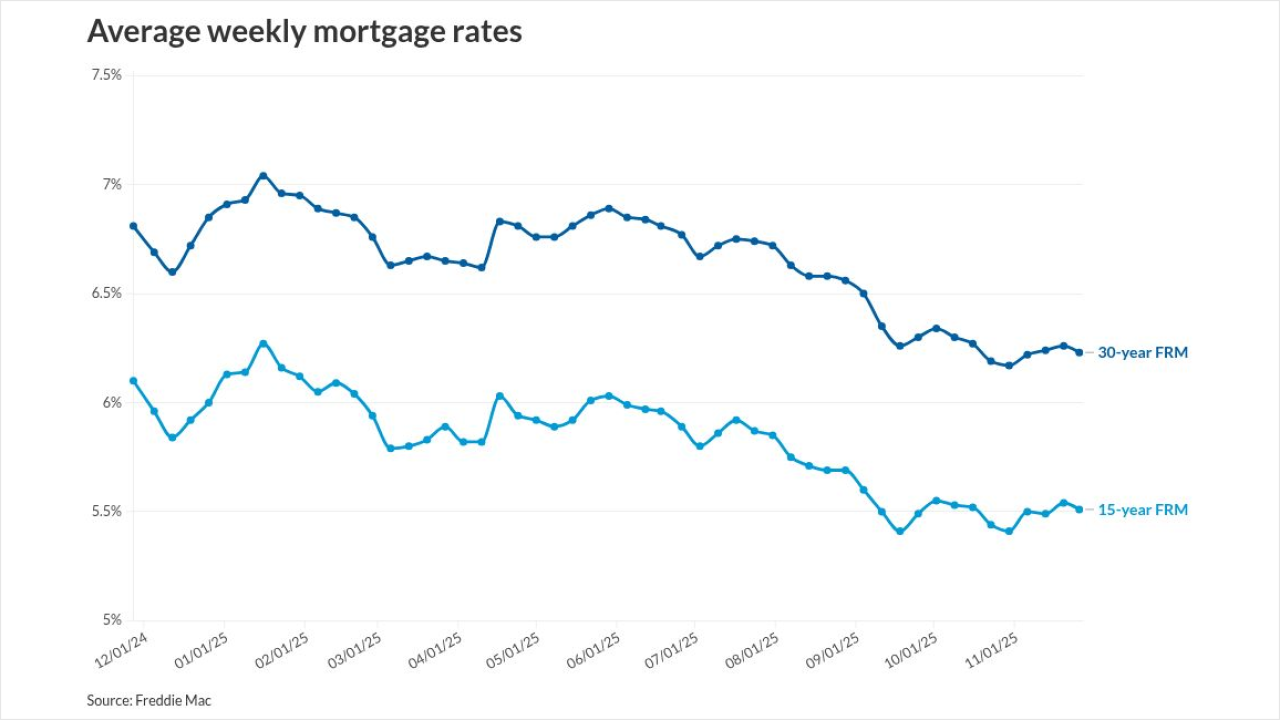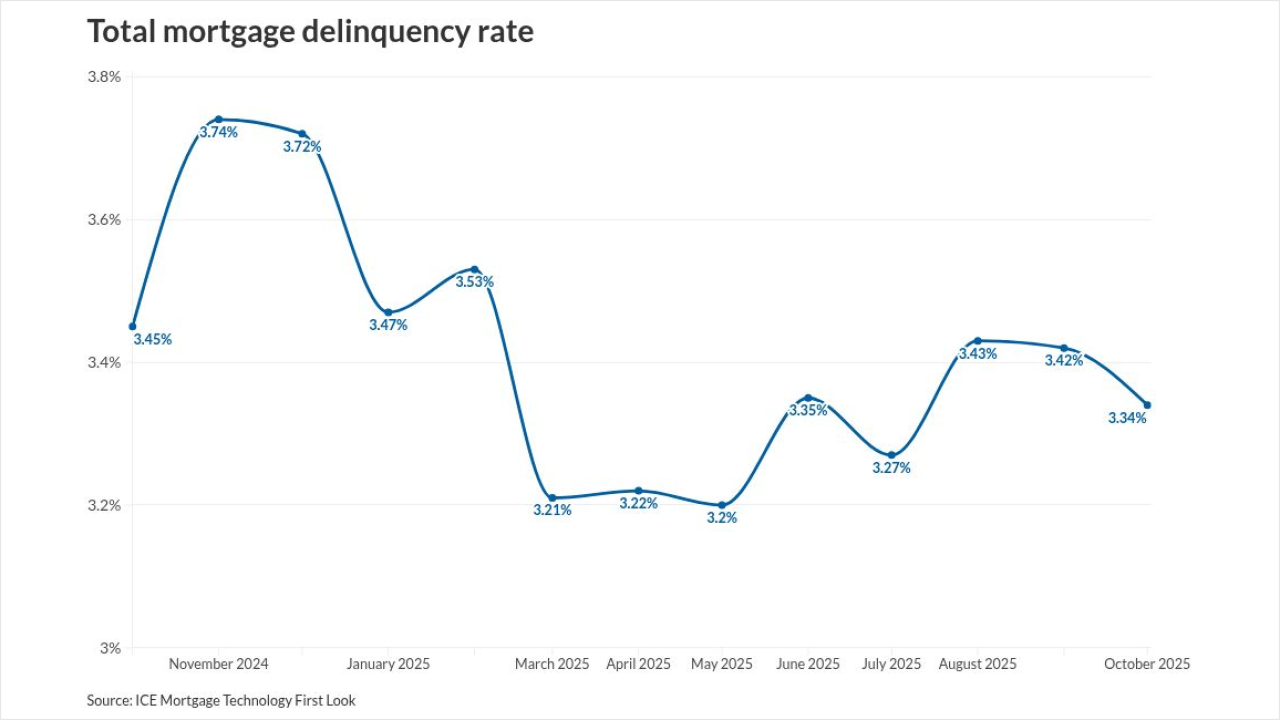(Bloomberg) -- US inflation cooled broadly in March, indicating some relief for consumers prior to widespread tariffs that risk contributing to price pressures.
The consumer price index, excluding often volatile food and energy costs, increased 0.1% from February, the least in nine months, according to Bureau of Labor Statistics data out Thursday. The overall CPI declined 0.1% from a month earlier, the first decrease in nearly five years.
The inflation slowdown reflected a decline in energy costs, used vehicles, hotel stays and airfares. The cost of motor vehicle insurance — a main source of inflation in recent years — also retreated.
The 10-year Treasury yield edged higher after the figures, while S&P 500 index futures and the dollar remained lower.
Though the figures indicate some relief for consumers who have struggled with higher prices for years, the good news risks being short-lived after President Donald Trump put in place more expansive tariffs.
"It is the calm before the inflation storm. We're going to get some higher inflation out of the tariffs," said David Kelly, chief global strategist at JP Morgan Asset Management, on Bloomberg Television.
"What we're seeing is a lot of softness in the travel industry, which I think is going to get worse over the course of this year," he said.
While Trump announced 90-day pause on higher reciprocal tariffs on Wednesday — less than 24 hours after they came into effect — imports from most countries are now subject to 10% duties. The US began collecting tariffs last month on imported steel and aluminum, and levies on China now stand at 125% after retaliation from Beijing earlier this week.
Some of the higher import costs will ultimately be passed on to the consumers, and companies from Target Co. to Volkswagen AG have warned higher prices are in store for Americans.
The uncertainty is keeping Federal Reserve officials in wait-and-see mode as they look for more clarity on the impact the levies will have on inflation — and the economy more broadly.
Even with some tariffs already in place in March, some of the categories more exposed to China posted declines, including toys, appliances and tools. The CPI report showed core goods prices dropped 0.1% last month, the first decrease since August.
"The experience of tariffs on washing machines in 2018 suggests that it takes three months for consumer prices to respond to new tariffs, after which pass through is rapid," Samuel Tombs, chief US economist at Pantheon Macroeconomics, said in a note. He added that the impact should be felt with the May CPI report.
What Bloomberg Economics Says...
"March's surprisingly soft CPI report shows limited to no pass-through so far from the 20-ppt increase in tariffs on Chinese goods in February and March. What it does show is consumers pulling back discretionary spending in both goods and services categories. The April CPI report due May 13 — covering a period when China tariffs were further raised to more than 100% — will provide more evidence on the extent of price pass-through."
— Anna Wong and Stuart Paul
While all eyes have been on the impact tariffs will have on goods prices, one of the key drivers of inflation in recent years has been housing costs — which are the largest category within services. Shelter prices rose at a moderate pace, reflecting the steepest drop in hotel stays in more than three years.
There were still signs of lingering price pressures facing households. Owners' equivalent rent accelerated to a 0.4% monthly pace and grocery costs increased 0.5%, matching the biggest gain since October 2022. Meat prices accelerated, while the cost of eggs posted a smaller advance than a month earlier.
Within services, motor vehicle and household insurance, as well as car rental costs declined last month.
Excluding housing and energy, services prices declined by the most in nearly five years, according to Bloomberg calculations. While central bankers have stressed the importance of looking at such a metric when assessing the overall inflation trajectory, they compute it based on a separate index.
That measure — known as the personal consumption expenditures price index — doesn't put as much weight on shelter as the CPI, which helps explain why it's trending closer to the Fed's 2% target. A government report on producer prices due Friday will offer insights on additional categories that feed directly into the March PCE, which is due later this month.
One of the components from CPI that plays a big role in the core PCE price basket is food away from home, which increased 0.4% for a second month.
Another report published Thursday showed initial applications for unemployment benefits rose to 223,000 last week, remaining close to historical lows.
--With assistance from Chris Middleton and Nazmul Ahasan.
(Adds graphic)
More stories like this are available on bloomberg.com






